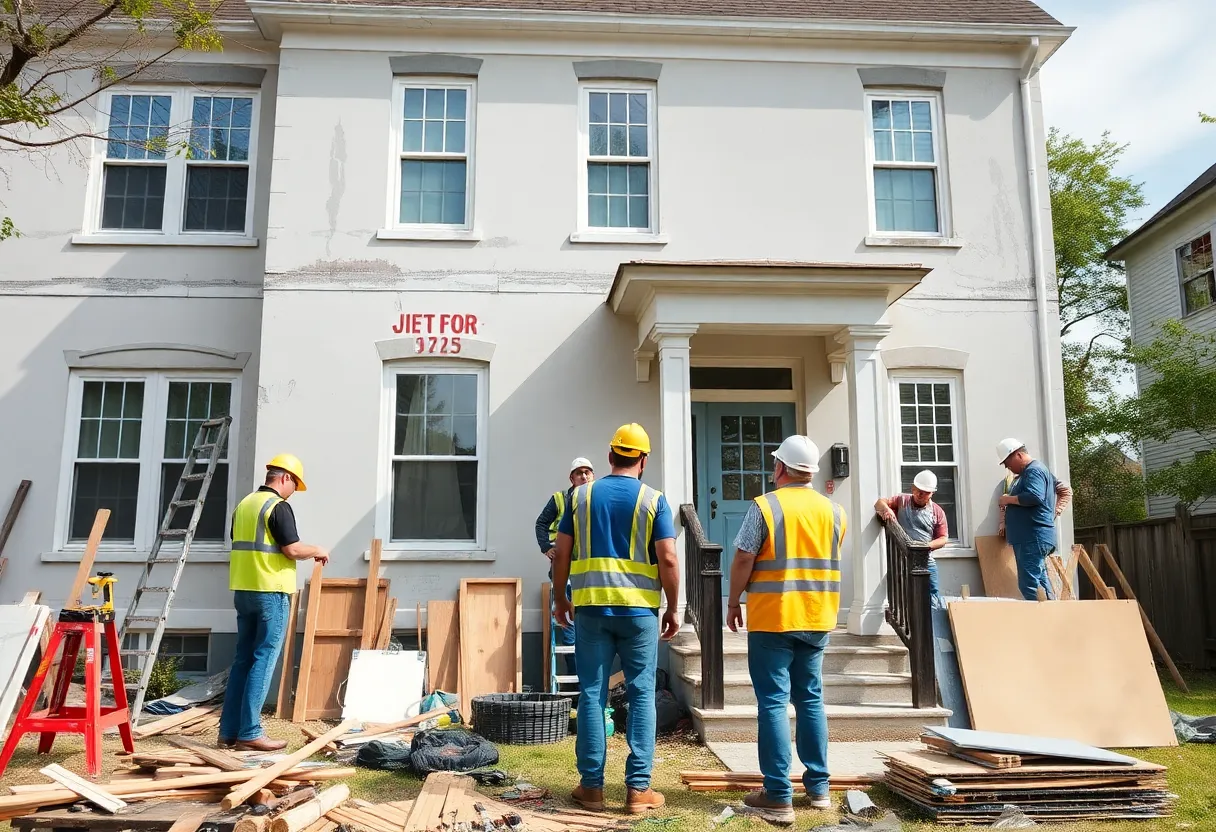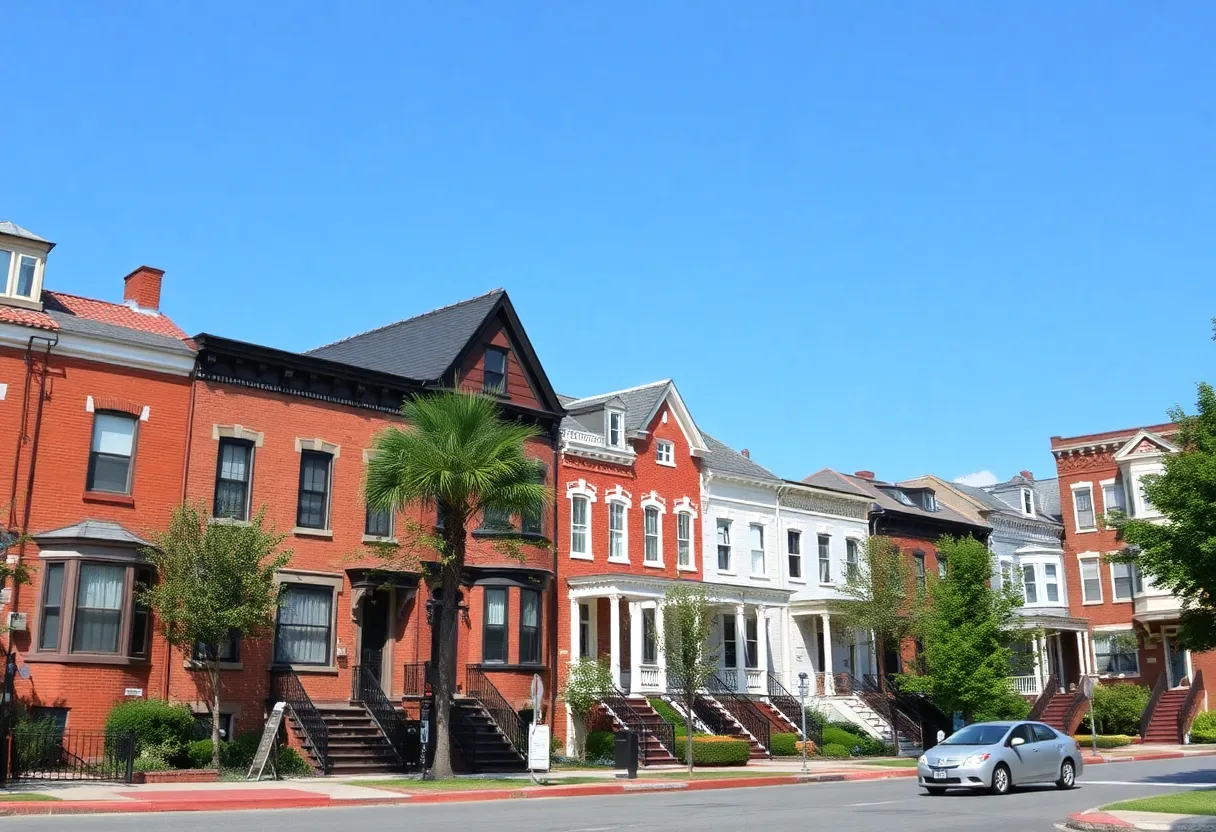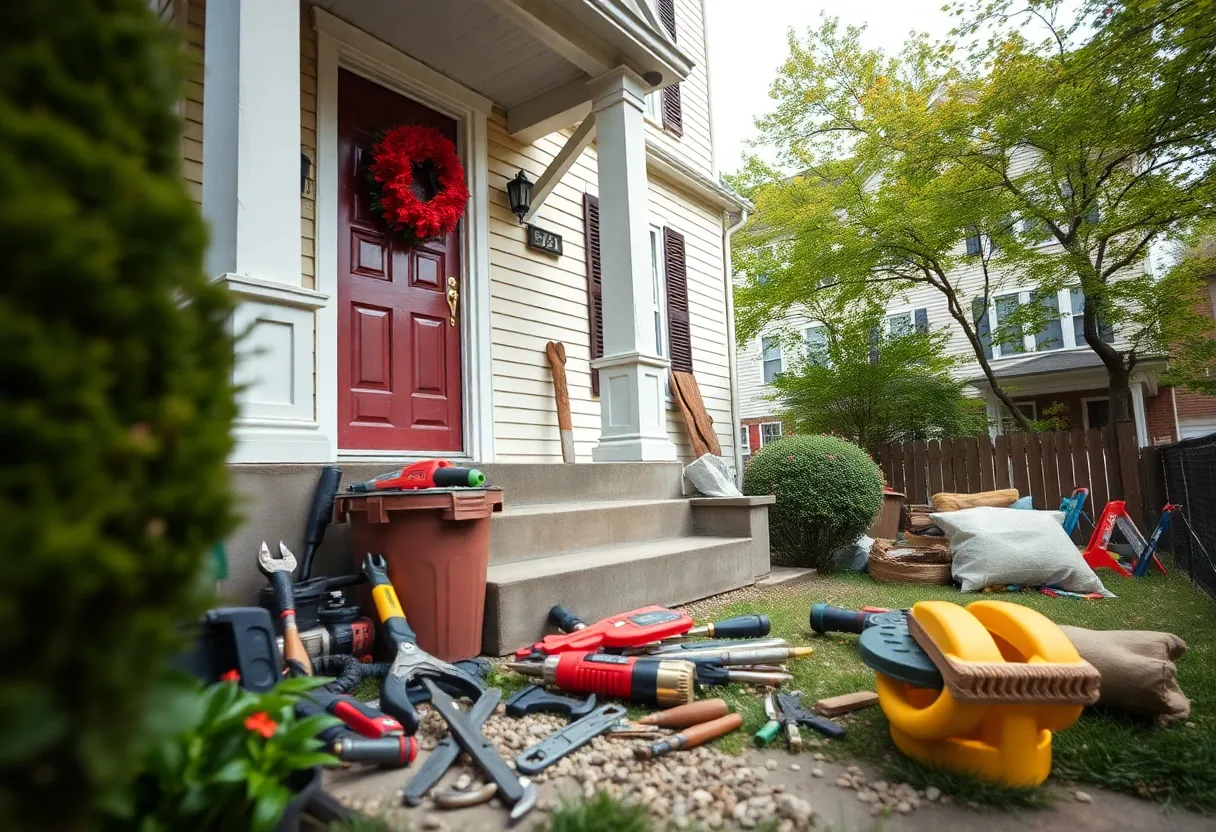What Are the Best Practices for Planning Your Home Renovation Timeline?
Introduction
Proper planning of a home renovation timeline is essential for ensuring the project progresses smoothly, stays within budget, and meets expected completion dates. An effective timeline minimizes unforeseen delays, controls costs, and enhances coordination among all stakeholders. Adopting best practices for scheduling provides clarity, improves resource management, and ultimately results in a successful renovation experience.
Understanding the Foundations of a Home Renovation Timeline
Establish Clear Objectives
Define precise goals for your renovation project. Whether updating aesthetics, improving functionality, or increasing property value, clear objectives inform every subsequent planning step. The scope determines the complexity and duration of tasks involved.
Assess Your Budget and Resources
Technical planning is incomplete without an accurate budget estimate. Your resources—financial, material, and labor—dictate realistic timeframes. Remember, unforeseen costs can affect project schedules; therefore, allocate a contingency fund.
Conduct a Thorough Site Inspection
Before creating a timeline, evaluate the current state of your property. Understand existing systems, structural conditions, and potential challenges. This information informs task durations and highlights any preparatory work needed.
Developing a Realistic and Structured Timeline
Create a Detailed Project Breakdown
Break down the entire renovation into manageable phases or milestones. Typical segments include design, permits, demolition, structural work, electrical and plumbing, finishes, and cleanup. Each phase should be clearly defined with specific deliverables.
Prioritize Tasks and Set Milestones
Identify critical path activities—tasks that determine the project’s overall duration. Set milestones at logical points—such as completion of framing or obtaining permits—to monitor progress effectively.
Estimate Durations Accurately
Use historical data, contractor input, and industry benchmarks to assign realistic timelines. Consider dependencies—some tasks cannot start until previous ones finish. Avoid overly optimistic schedules that might lead to delays.
Engaging Professionals and Suppliers
Select Qualified Contractors
Hire experienced professionals with proven track records. Obtain detailed work schedules and confirm their capacity to adhere to deadlines. Reliable contractors often provide critical insights into realistic timeframes.
Coordinate with Suppliers
Establish supply timelines for materials and fixtures. Delays in procurement can cascade into project setbacks. Confirm delivery dates match project milestones and account for potential delays.
Incorporating Permits and Regulatory Processes
Identify Necessary Permits Early
Research local building codes and permit requirements at the outset. Secure approvals before commencing construction. This proactive approach prevents work stoppages and schedule disruptions.
Factor in Approval Timelines
Approval processes can vary significantly depending on jurisdiction. Allocate sufficient time for review, revisions, and re-approvals as needed. Incorporating these periods into your timeline reduces risk of unforeseen delays.
Contingency Planning and Flexibility
Build Buffer Periods
Incorporate contingency buffers—typically 10-20% of total duration—around critical tasks. Unexpected issues such as material shortages or weather conditions often cause delays.
Plan for Delays and Variations
Maintain flexibility in your schedule to accommodate unforeseen events. Regular progress reviews help identify issues early and allow for timely adjustments.
Effective Communication and Monitoring
Establish Clear Communication Protocols
Regular updates with contractors, suppliers, and designers are vital. Use meetings, reports, and digital tools to ensure everyone is aligned. Clear communication minimizes misunderstandings that can delay progress.
Implement Progress Tracking Tools
Utilize project management software or calendars for real-time tracking. Visual dashboards help identify lagging areas, enabling prompt corrective actions.
Finalizing and Adjusting the Timeline
Review and Refine the Schedule
Periodically revisit the timeline, especially after completing major phases. Adjust deadlines based on actual progress and new information. Flexibility ensures the project remains realistic and achievable.
Document Changes and Rationale
Record deviations and their causes to inform future planning. Transparent documentation helps keep all stakeholders accountable and aware of project adjustments.
Conclusion
Planning an effective home renovation timeline involves meticulous preparation, detailed task analysis, stakeholder coordination, and ongoing monitoring. By following these best practices, homeowners can optimize project flow, mitigate risks, and achieve desired results within set timeframes.
Prioritize clarity, realistic estimations, communication, and flexibility. These core principles underpin successful home renovations, turning visions into reality on schedule and on budget.
Author: STAFF HERE BALTIMORE WRITER
The BALTIMORE STAFF WRITER represents the experienced team at HEREBaltimore.com, your go-to source for actionable local news and information in Baltimore, Baltimore County, and beyond. Specializing in "news you can use," we cover essential topics like product reviews for personal and business needs, local business directories, politics, real estate trends, neighborhood insights, and state news affecting the area—with deep expertise drawn from years of dedicated reporting and strong community input, including local press releases and business updates. We deliver top reporting on high-value events such as the Baltimore Book Festival, Preakness Stakes, and Artscape. Our coverage extends to key organizations like the Baltimore Chamber of Commerce and Visit Baltimore, plus leading businesses in shipping and healthcare that power the local economy such as the Port of Baltimore and Johns Hopkins Medicine. As part of the broader HERE network, we provide comprehensive, credible insights into Maryland's dynamic landscape.





